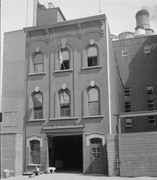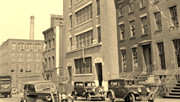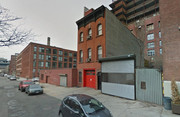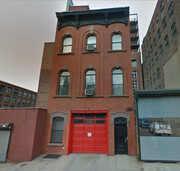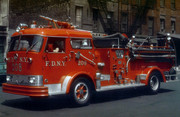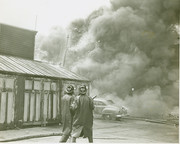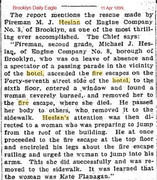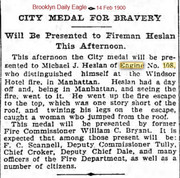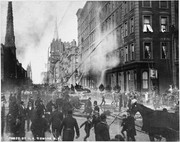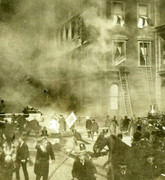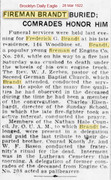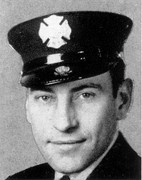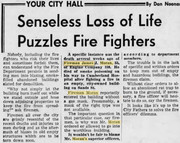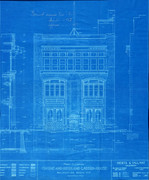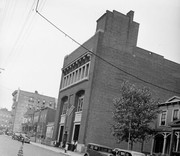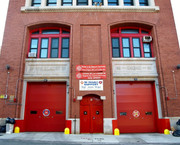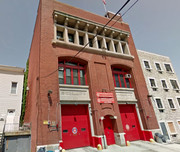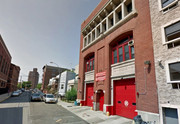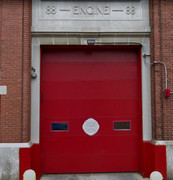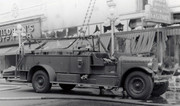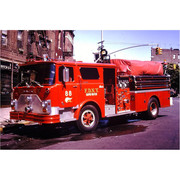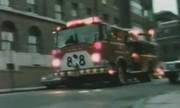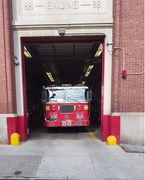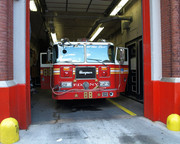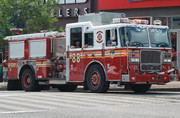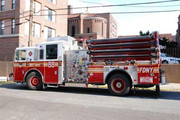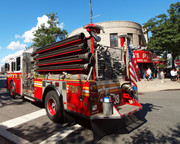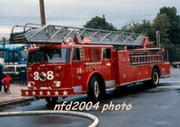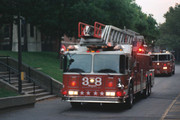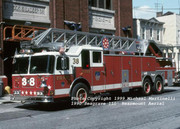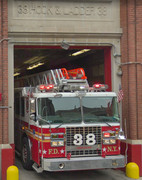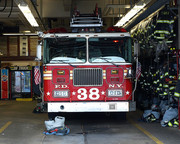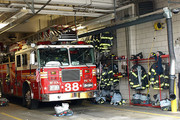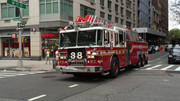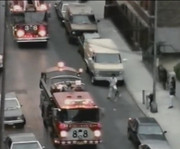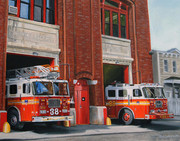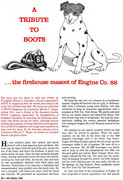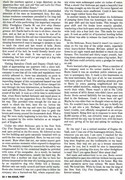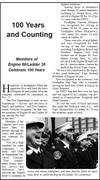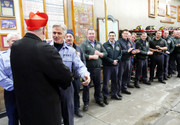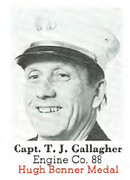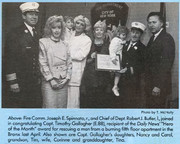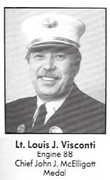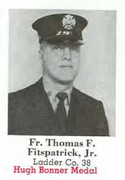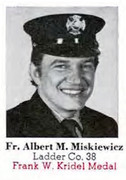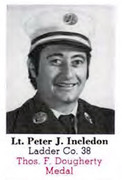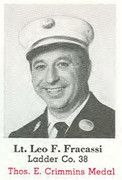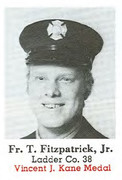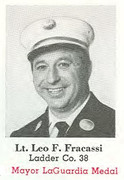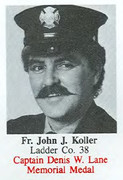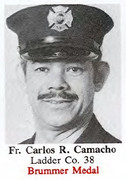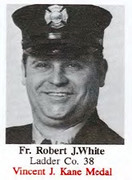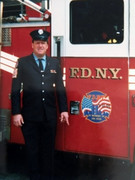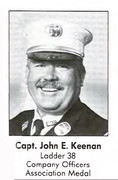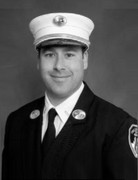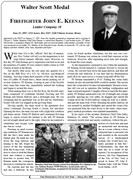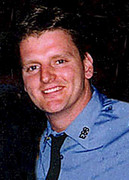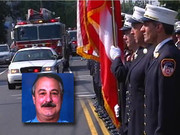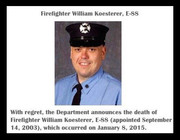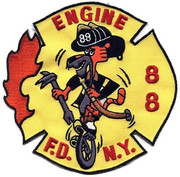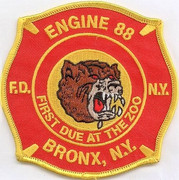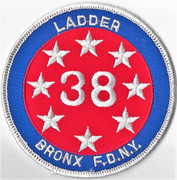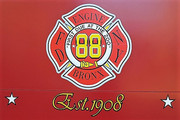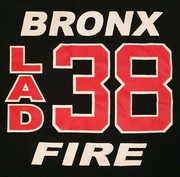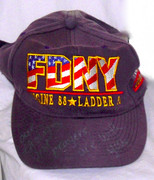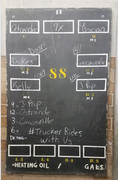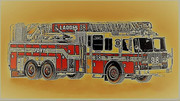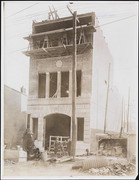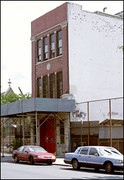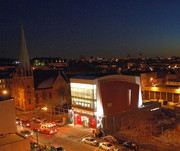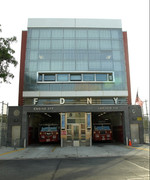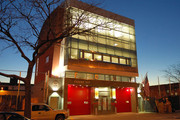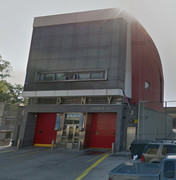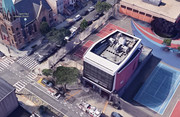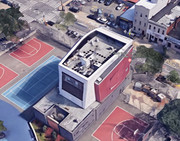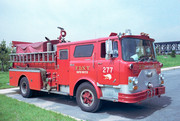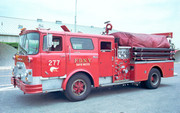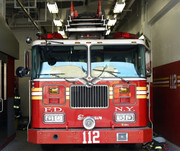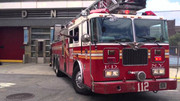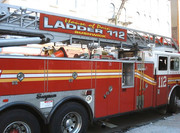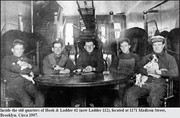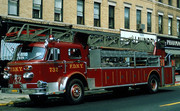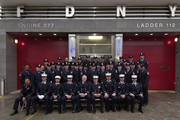Engine 208 firehouse 227 Front Street, Vinegar Hill, Brooklyn Division 10, Battalion 31 DISBANDED
Engine 8 BFD organized 227 Front Street former volunteer firehouse 1869
Engine 8 BFD new firehouse 227 Front Street 1872
Engine 8 BFD became Engine 8 FDNY 1898
Engine 8 became Engine 108 1899
Engine 108 became Engine 208 1913
Engine 208 disbanded 1972
Engine 208-2 organized 227 Front Street at Engine 208 1917
Engine 208-2 disbanded 1918
Water Tower 1 BFD organized 124 DeKalb Street former volunteer company firehouse 1895
Water Tower 1 BFD became Water Tower 1 FDNY 1898
Water Tower 1 disbanded to form Water Tower 6 365 Jay Street at Ladder 68 (Ladder 118) 1903
Water Tower 6 moved to 47/48 Washington Avenue at Engine 251 1936
Water Tower 6 moved to 365 Jay Street at Rescue 2 1936
Water Tower 6 moved to 227 Front Street at Engine 208 1946
Water Tower 6 moved to 26 Hooper Street at Engine 211 1946
Water Tower 6 disbanded 1957
Pre-Brooklyn Fire Department:
Constitution Engine 7 - organized 1828 - disbanded 1869 - lost 3 members during Civil War
CONSTITUTION NO. 7, AND BROOKLYN'S FIRST " PIANO BOX "
"The Constitution and Union Forever" was the motto adopted by Constitution Engine Co. No. 7, when it was organized on October 24, 1828 and the company made a record worthy of their high-sounding motto, not only by gallant service in the Fire Department, but also by contributing of its members to the armies of the United States during the late war, twelve of them having sprung to arms among the first volunteers when the three months' men were called out, and nineteen among these who volunteered for three years. One was killed at the first battle of Bull Run, and one at the battle of Williamsburgh, one died from disease contracted in camp, and one was wounded at Bull Run.
The company, at its organization and for many years afterwards, was located near the Navy Yard gate in the Fifth Ward, and moved later to Front Street, near Bridge. The quality of its membership was always high, and the company was well known throughout the country for its hospitality to visiting firemen and for making visits to other cities.
In 1854 they went, ninety-eight strong, on a visit to Relief Engine Co. No. 11, of Albany, N. Y. In 1858 they received and entertained their Albany friends of No. 11, in connection with Howard Engine, No. 34; and in the same year they received a visit from Hibernia Engine No. 1, of Philadelphia, in company with Americus No. 6 (Tweed's "Big Six") of New York.
In 1859 they returned the visit of Hibernia No. 1. taking full one hundred men to Philadelphia, and when the introduction of the Ridgewood water into Brooklyn was celebrated on April 27th and 28th of that year, this company entertained Columbian No. 6, of Newark, N. J., and Washington No. 3 and Red Jacket No. 4, of Elizabeth. On this occasion the celebration originally set for the 27th had to be postponed to the 28th, a heavy rain satisfying the authorities that, although they were rejoicing over the introduction of water, it was a good thing they could get too much of. The military were dismissed for the day, and the firemen were left to entertain their guests from abroad, who had expressed their willingness to remain over for the postponed parade, the Common Council generously providing that all extra expenses incurred by the men should be paid by the city.
The firemen, however, were not to be daunted by a little water, more or less, and nine Brooklyn companies, escorting ten visiting companies, made a very creditable improvised parade through the rain, even on the first day; while in the Eastern District, where the information of the postponement came only after the parade had been formed and was ready to start, the firemen resolved after consultation that they would carry out the program for the day in its entirety. Twenty-eight local companies, together with the visiting companies, traversed a long route, encouraged and cheered by the demonstrations of the throngs of spectators that lined the sidewalks and filled the windows along the route. On the following day, the whole procession as originally arranged contributed to the demonstrations of the day, which was a memorable one in the annals of Brooklyn pageantry.
The first " piano " engine made for this company was the most gorgeous piece of apparatus ever introduced into the city. It was delivered to the company on October 16, 1852, and its advent created considerable jealousy among the members of other companies. The box of this engine was of mahogany, with panels of rosewood, ornamented with carvings and gilt work. The arms were of polished steel, and the wheels blue, striped with gilt. There were paintings on three sides of the condenser-case, in oval panels, 22x20 inches. Attached to the engine was a neat tender, carrying eight lengths of hose; she was named "Independent." Afterward the company had a double-decked engine, built by Jeffers & Co., of Pawtucket, R. I., which was quite celebrated for its effectiveness. At a trial on Christmas-day, 1859, held at Laird's pole in New York, they played 208 feet- which was literally "high-water mark " for this kind of proficiency. (from "Our Firemen - the Official History of the Brooklyn Fire Department")
Sergeant Hugh Bates 2nd Regiment NY Fire Zouaves (73rd NY Regiment) - member Engine 7 - KIA Battle of Williamsburg May 5, 1862
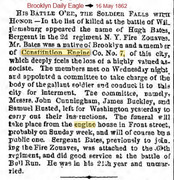
2nd Regiment NY Fire Zouaves (73rd NY Regiment):
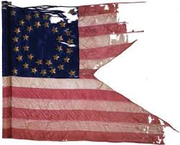
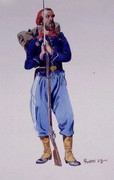
Engine 8 BFD organized 227 Front Street former volunteer firehouse 1869
Engine 8 BFD new firehouse 227 Front Street 1872
Engine 8 BFD became Engine 8 FDNY 1898
Engine 8 became Engine 108 1899
Engine 108 became Engine 208 1913
Engine 208 disbanded 1972
Engine 208-2 organized 227 Front Street at Engine 208 1917
Engine 208-2 disbanded 1918
Water Tower 1 BFD organized 124 DeKalb Street former volunteer company firehouse 1895
Water Tower 1 BFD became Water Tower 1 FDNY 1898
Water Tower 1 disbanded to form Water Tower 6 365 Jay Street at Ladder 68 (Ladder 118) 1903
Water Tower 6 moved to 47/48 Washington Avenue at Engine 251 1936
Water Tower 6 moved to 365 Jay Street at Rescue 2 1936
Water Tower 6 moved to 227 Front Street at Engine 208 1946
Water Tower 6 moved to 26 Hooper Street at Engine 211 1946
Water Tower 6 disbanded 1957
Pre-Brooklyn Fire Department:
Constitution Engine 7 - organized 1828 - disbanded 1869 - lost 3 members during Civil War
CONSTITUTION NO. 7, AND BROOKLYN'S FIRST " PIANO BOX "
"The Constitution and Union Forever" was the motto adopted by Constitution Engine Co. No. 7, when it was organized on October 24, 1828 and the company made a record worthy of their high-sounding motto, not only by gallant service in the Fire Department, but also by contributing of its members to the armies of the United States during the late war, twelve of them having sprung to arms among the first volunteers when the three months' men were called out, and nineteen among these who volunteered for three years. One was killed at the first battle of Bull Run, and one at the battle of Williamsburgh, one died from disease contracted in camp, and one was wounded at Bull Run.
The company, at its organization and for many years afterwards, was located near the Navy Yard gate in the Fifth Ward, and moved later to Front Street, near Bridge. The quality of its membership was always high, and the company was well known throughout the country for its hospitality to visiting firemen and for making visits to other cities.
In 1854 they went, ninety-eight strong, on a visit to Relief Engine Co. No. 11, of Albany, N. Y. In 1858 they received and entertained their Albany friends of No. 11, in connection with Howard Engine, No. 34; and in the same year they received a visit from Hibernia Engine No. 1, of Philadelphia, in company with Americus No. 6 (Tweed's "Big Six") of New York.
In 1859 they returned the visit of Hibernia No. 1. taking full one hundred men to Philadelphia, and when the introduction of the Ridgewood water into Brooklyn was celebrated on April 27th and 28th of that year, this company entertained Columbian No. 6, of Newark, N. J., and Washington No. 3 and Red Jacket No. 4, of Elizabeth. On this occasion the celebration originally set for the 27th had to be postponed to the 28th, a heavy rain satisfying the authorities that, although they were rejoicing over the introduction of water, it was a good thing they could get too much of. The military were dismissed for the day, and the firemen were left to entertain their guests from abroad, who had expressed their willingness to remain over for the postponed parade, the Common Council generously providing that all extra expenses incurred by the men should be paid by the city.
The firemen, however, were not to be daunted by a little water, more or less, and nine Brooklyn companies, escorting ten visiting companies, made a very creditable improvised parade through the rain, even on the first day; while in the Eastern District, where the information of the postponement came only after the parade had been formed and was ready to start, the firemen resolved after consultation that they would carry out the program for the day in its entirety. Twenty-eight local companies, together with the visiting companies, traversed a long route, encouraged and cheered by the demonstrations of the throngs of spectators that lined the sidewalks and filled the windows along the route. On the following day, the whole procession as originally arranged contributed to the demonstrations of the day, which was a memorable one in the annals of Brooklyn pageantry.
The first " piano " engine made for this company was the most gorgeous piece of apparatus ever introduced into the city. It was delivered to the company on October 16, 1852, and its advent created considerable jealousy among the members of other companies. The box of this engine was of mahogany, with panels of rosewood, ornamented with carvings and gilt work. The arms were of polished steel, and the wheels blue, striped with gilt. There were paintings on three sides of the condenser-case, in oval panels, 22x20 inches. Attached to the engine was a neat tender, carrying eight lengths of hose; she was named "Independent." Afterward the company had a double-decked engine, built by Jeffers & Co., of Pawtucket, R. I., which was quite celebrated for its effectiveness. At a trial on Christmas-day, 1859, held at Laird's pole in New York, they played 208 feet- which was literally "high-water mark " for this kind of proficiency. (from "Our Firemen - the Official History of the Brooklyn Fire Department")
Sergeant Hugh Bates 2nd Regiment NY Fire Zouaves (73rd NY Regiment) - member Engine 7 - KIA Battle of Williamsburg May 5, 1862

2nd Regiment NY Fire Zouaves (73rd NY Regiment):




